SOURCE: IDRW.ORG TEAM

A recent video circulating on social media platform X (formerly known as Twitter) has ignited a heated debate surrounding the alleged supply of Indian-made weapons systems to Armenia. The video purportedly shows several trucks transporting what appears to be Indian-manufactured Pinaka Rocket systems, claimed to be en route to Armenia. This development comes in the wake of Armenia’s procurement of these systems through a landmark weapons deal between the two nations last year.
The authenticity of the video, however, remains in question, as its origins and context have not been independently verified. The video showcases a convoy of trucks carrying the Pinaka Rocket systems, which were reportedly ordered by Armenia from India. The Pinaka system is known for its advanced artillery capabilities and has been a point of interest for various armed forces globally.
Continue readingSOURCE: RAUNAK KUNDE / NEWS BEAT / IDRW.ORG
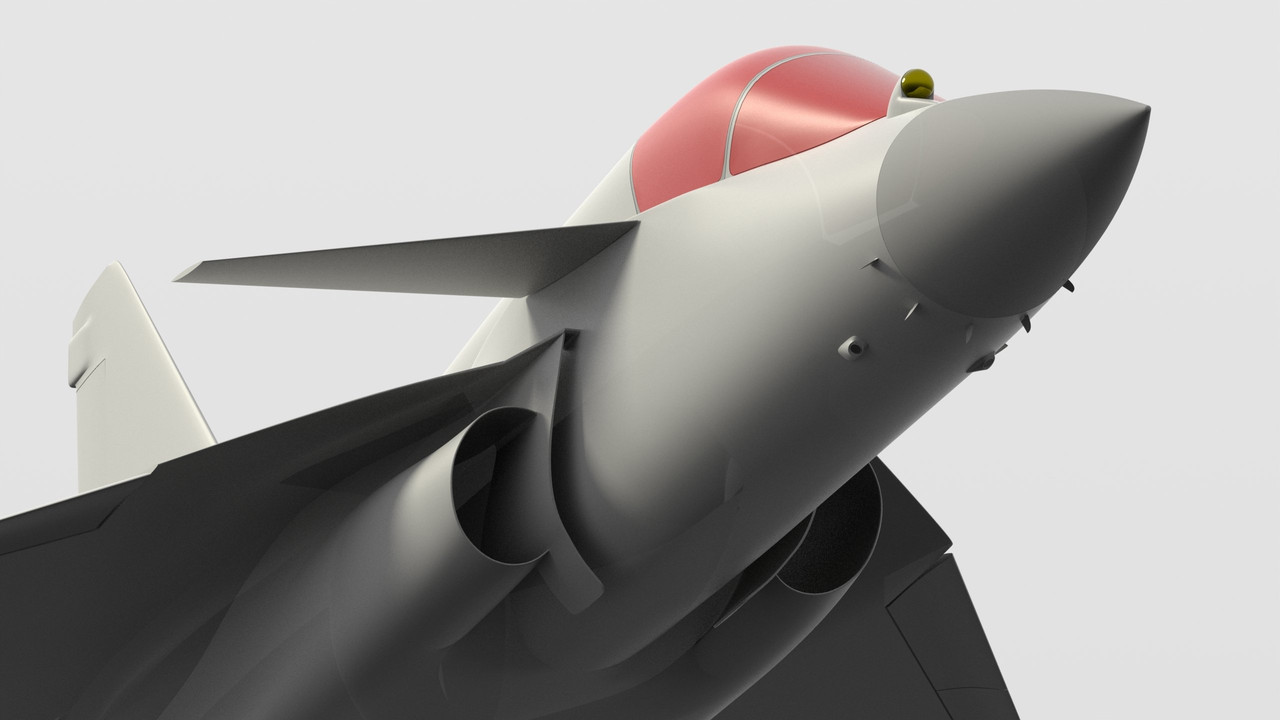
The AMCA program heralded as a cornerstone of India’s futuristic air dominance capabilities, is set to receive a locally designed and developed Radar nose cone. This crucial component is poised to incorporate stealth technology or low observability features, ensuring that the aircraft maintains a minimal radar cross-section (RCS) to evade detection and interception by adversaries.
A pivotal aspect of the Radar nose cone’s development is the integration of advanced materials and coatings that contribute to RCS reduction. A specially formulated radar-absorbent material (RAM) coating has been meticulously crafted to absorb electromagnetic waves across a wide spectrum of frequencies, without interfering with the primary radar’s frequency.
Continue readingSOURCE: RAUNAK KUNDE / NEWS BEAT / IDRW.ORG

In a strategic move to bolster the defence capabilities of its Armoured Fighting Vehicle fleet, the Indian Army is taking proactive steps to fortify its assets against emerging threats. Spearheading this critical initiative is the Army Design Bureau (ADB), working in close collaboration with industry leaders, academic institutions, Defense Public Sector Undertakings, and the Defense Research and Development Organisation (DRDO).
With a spotlight on Armoured Fighting Vehicle Protection and Counter Drone systems, the ADB is driving forward a comprehensive approach to safeguarding main battle tanks and future combat vehicles against evolving challenges.
Continue readingSOURCE: RAUNAK KUNDE / NEWS BEAT / IDRW.ORG
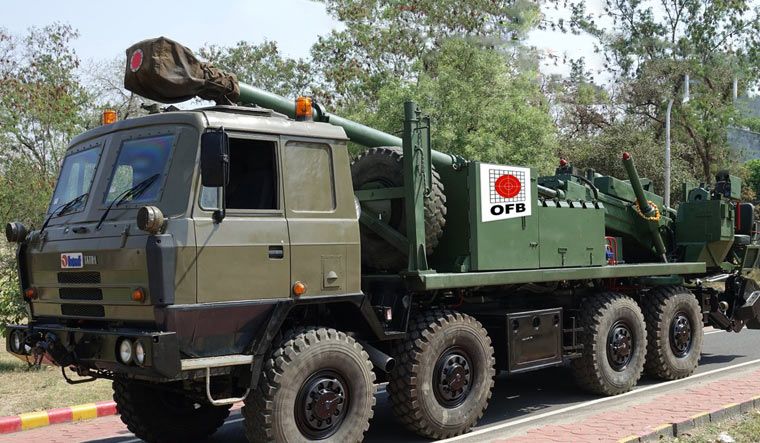
Advanced Weapons And Equipment India LTD (AWEIL) has issued an Expression of Interest (EOI) inviting responses from potential Strategic Partners who are Indian Original Equipment Manufacturers (OEMs). The objective of this collaboration is to co-develop, co-produce, co-brand, and supply a cutting-edge 155mm Mounted Gun System to the Indian Army (IA), Ministry of Defence (MoD), and other entitled entities, including potential export opportunities.
AWEIL’s initiative aligns with the government’s push for indigenous defence production and technological innovation. The EOI aims to identify a long-term partner who will work in conjunction with AWEIL to design, develop, and manufacture the 155mm Mounted Gun System, a vital asset for the nation’s defence capabilities.
Continue readingSOURCE: IDRW.ORG TEAM
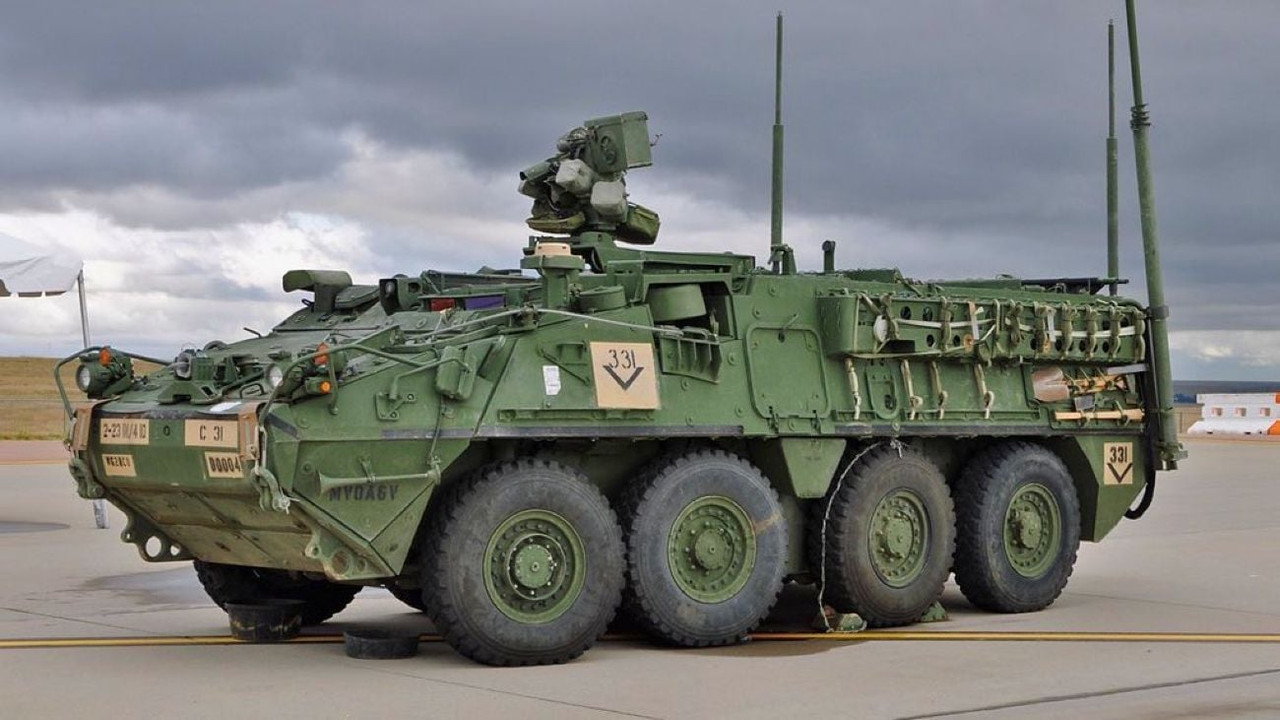
In a dynamic move aimed at fortifying defense capabilities, the United States has once again extended an offer of its advanced “Stryker” fighting vehicles to India. This proposal comes as India explores both international collaborations and local options to bolster its armored infantry vehicle fleet. The Stryker, a potent eight-wheel drive V-hull armored infantry vehicle, is designed to swiftly respond to combat situations, making it a valuable asset in insurgent or wartime scenarios.
Manufactured by General Dynamics Land Systems, the Stryker is a versatile infantry combat vehicle equipped with formidable features, including a 30 mm cannon and a 105 mm mobile gun. The vehicle’s capabilities make it well-suited for rapid combat reactions and providing a tactical edge to military operations.
Continue readingSOURCE: IDRW.ORG TEAM
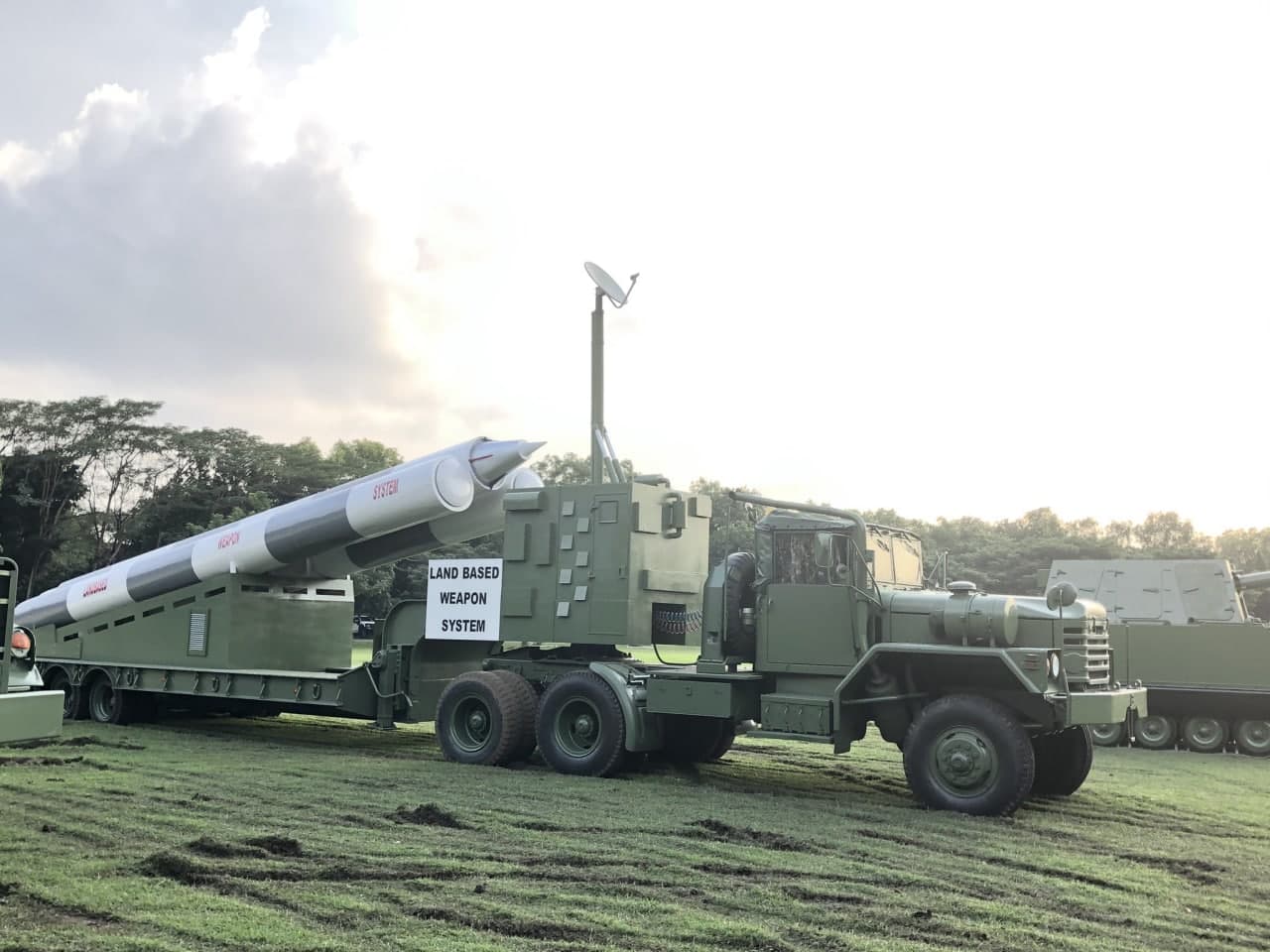
In a significant development bolstering defense capabilities, the Philippine Marine Corps is on track to receive the shore-based BrahMos supersonic cruise missile system later this year, according to confirmation from Shambhu Kumaran, the Indian Ambassador to the Philippines. This move underscores the strengthening partnership between the two countries in the realm of defense collaboration.
The logistics package for the Shore-Based Anti-Ship Missile System (SBASMS) has already been delivered to the Philippines, marking a crucial step in the implementation of this strategic initiative. The SBASMS will enable the Philippine Marine Corps to harness the power of the BrahMos supersonic cruise missile system, enhancing its naval capabilities and bolstering maritime security.
Continue readingSOURCE: RAUNAK KUNDE / NEWS BEAT / IDRW.ORG
In the realm of modern aerial warfare, the race to possess cutting-edge beyond-visual-range air-to-air missiles (BVRAAMs) is an essential facet for maintaining superiority in the skies. India, with its thriving defence research and development capabilities, is all set to revolutionize this arena with the forthcoming Astra Mk2, a dual-pulse motor BVRAAM that promises both exceptional range and cost-effectiveness.
The Astra Mk2, set to be a game-changer in the field of aerial combat, boasts an impressive range of over 160km. However, what sets it apart is its striking affordability when compared to the European Meteor missiles, which are presently integrated into the Rafale fighter jets as part of a 2016 deal with French manufacturer Dassault. The Meteor missiles, renowned for their extended range of over 200km and unmatched “No Escape Zone” (NEZ), come with a hefty price tag of over 25 crore rupees per unit, making them a premium choice available to only a limited number of fighter jets.
Continue readingSOURCE: RAUNAK KUNDE / NEWS BEAT / IDRW.ORG
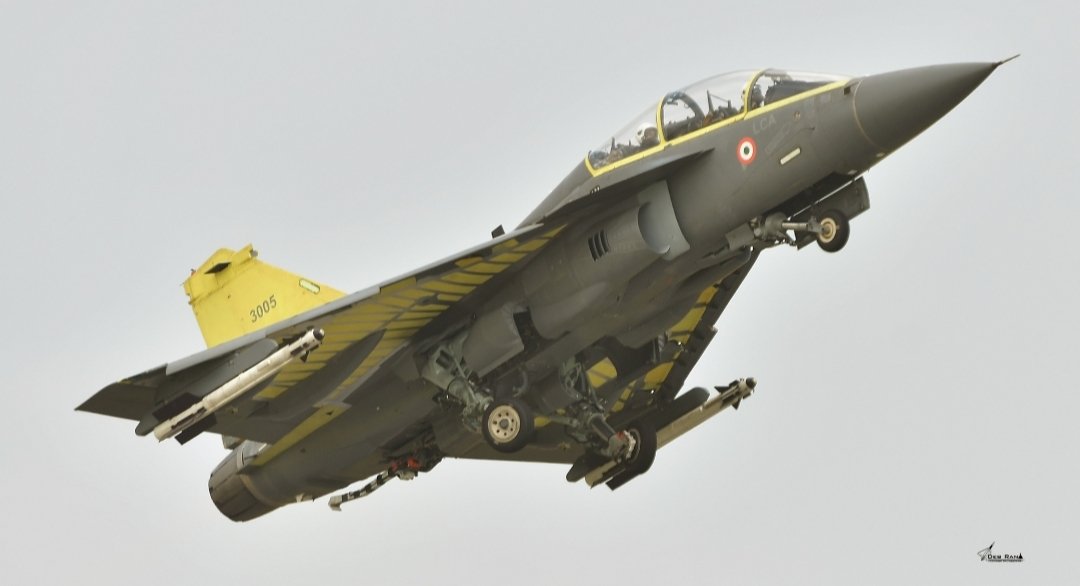
In a significant achievement for India’s indigenous defense capabilities, the Naval variant of the Light Combat Aircraft (LCA), designated NP5, successfully completed its maiden flight at the HAL airport. The Defence Research and Development Organisation (DRDO) announced the successful flight, marking a crucial step forward in the development of the LCA naval trainer and its potential role in the upcoming Twin Engine Deck-Based Fighter (TEDBF) program of the Indian Navy.
The NP5 prototype took to the skies under the skillful piloting of Captain Amit Kawade (Indian Navy) in the cockpit, with Wing Commander Siddarth Singh (Retired) accompanying in the rear. The aircraft remained airborne for a duration of 57 minutes, during which all parameters were reported to be normal.
Continue readingSOURCE: RAUNAK KUNDE / NEWS BEAT / IDRW.ORG
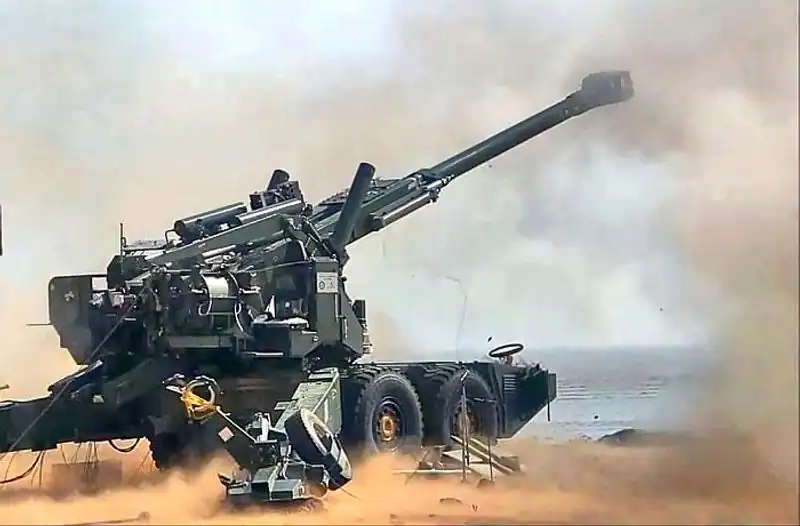
Officials from the Philippines have embarked on a journey of exploration into India’s burgeoning defence industry, with a particular focus on Indian-made artillery systems. The Philippines, a nation keen on enhancing its defence capabilities, has expressed interest in examining the products and technologies offered by Indian defence firms, including Kalyani Strategic Systems.
Reports suggest that a delegation from the Philippines has undertaken visits to several Indian defence companies, with a significant emphasis on exploring advanced artillery systems. The visit to Kalyani Strategic Systems, a subsidiary of Bharat Forge, is particularly noteworthy in this regard. The Philippine authorities are reportedly evaluating various artillery solutions offered by the company to potentially address their defence requirements.
Continue readingSOURCE: IDRW.ORG TEAM

Aeronautical Development Agency (ADA) is making remarkable progress in the development of the Twin Engine Deck-Based Fighter (TEDBF) for the Indian Navy. However, the financial outlay for this ambitious endeavor is nearing what it would take to develop the country’s highly anticipated 5th generation Advanced Medium Combat Aircraft (AMCA).
The TEDBF program, aimed at creating a cutting-edge deck-based fighter jet to serve the Indian Navy, is gaining momentum with each passing phase. ADA, the pioneering agency behind India’s indigenous aircraft development, has been seeking an investment of approximately 14,000 crore rupees to bring the TEDBF to fruition.
Continue readingSOURCE: IDRW.ORG TEAM
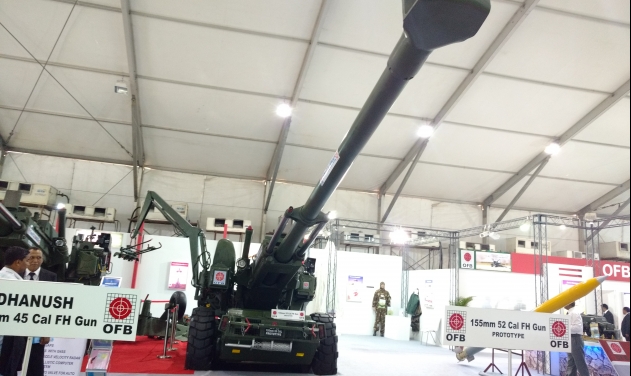
Advanced Weapons and Equipment India Limited (AWEIL), a state-owned company located in Kanpur’s Armapur, has successfully completed fresh internal trials of the upgraded Dhanush 155mm/52 calibre artillery gun. The achievement marks a notable milestone in the pursuit of indigenous defense manufacturing and reinforces India’s commitment to enhancing its military firepower.
The prototype of the upgraded artillery gun, developed by AWEIL, is now primed for rigorous Army user trials, marking the culmination of meticulous research, development, and testing efforts. This modernized iteration of the Dhanush artillery gun, often dubbed as the “Desi Bofors,” builds upon the success of the Dhanush 155mm/45 calibre artillery gun, while incorporating crucial enhancements that promise to elevate its performance and utility on the battlefield.
Continue readingSOURCE: RAUNAK KUNDE / NEWS BEAT / IDRW.ORG
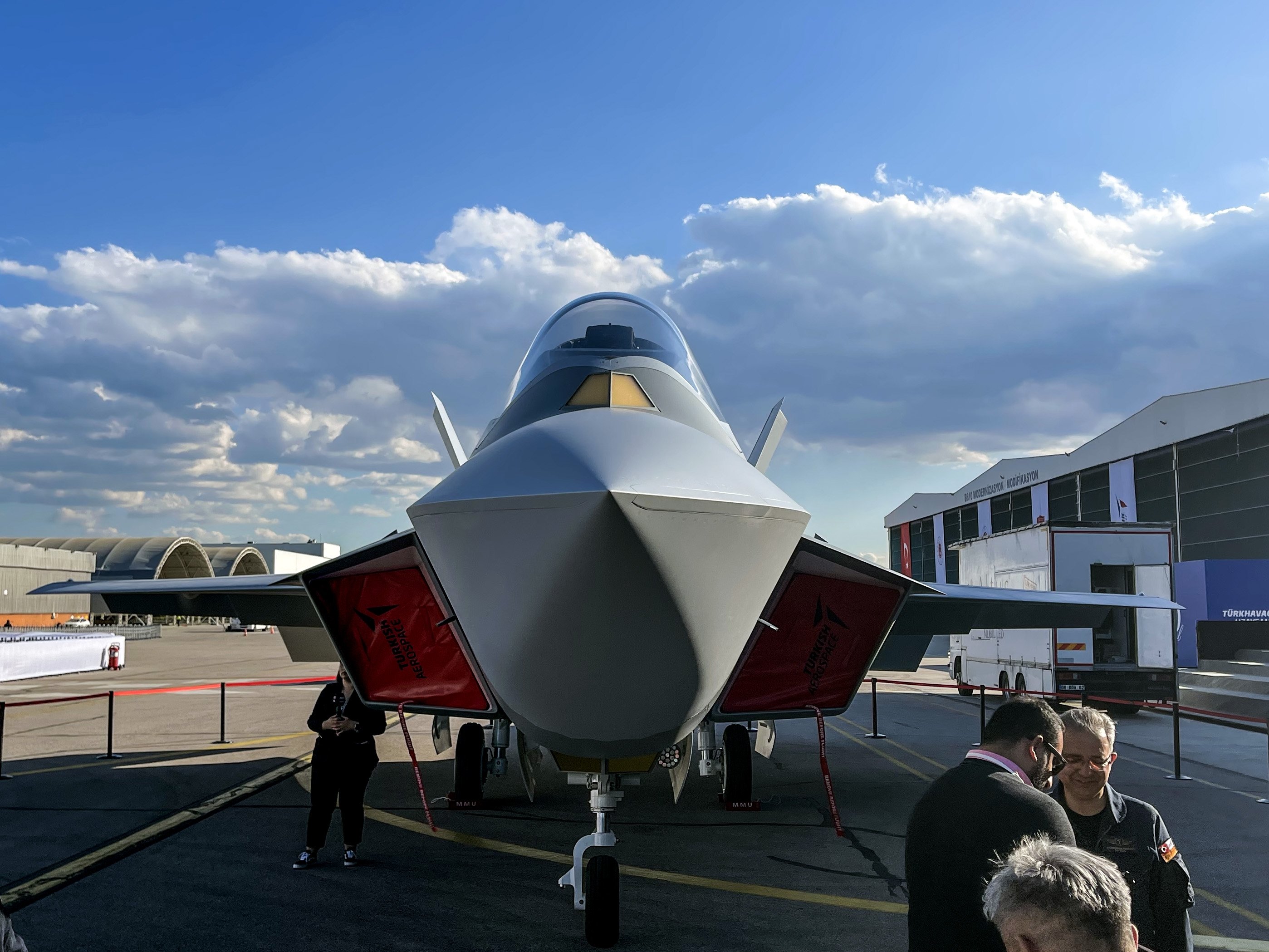
Recent reports confirming Pakistan’s participation in Turkey’s 5th-generation fighter jet program codenamed “KAAN,” have raised eyebrows and prompted discussions about its potential implications. While this move might not have taken Indian Air Force (IAF) officials by surprise, it has sparked interest in how this decision could impact the regional dynamics of defence and technology.
According to sources within the Indian Air Force who spoke to idrw.org, Pakistan’s decision to join the Turkish 5th-generation fighter jet program was not an unexpected development. However, despite Pakistan’s participation, it is unlikely to acquire fighter jets from Turkey until at least 2035. This delay can be attributed to the rigorous developmental trials and testing that the fighter jet must undergo before it can be cleared for production.
Continue readingSOURCE: RAUNAK KUNDE / NEWS BEAT / IDRW.ORG
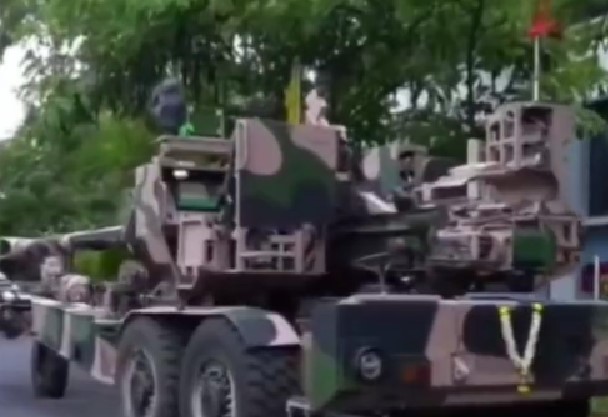
Kalyani Strategic Systems Limited (KSSL), a subsidiary of the renowned engineering company Bharat Forge, recently unveiled a remarkable display of cutting-edge artillery systems at a special event held at its factory premises. The event showcased at least four newly built Advanced Towed Artillery Gun System (ATAGS) 155 mm/52 calibre howitzers. This significant development has sparked intrigue and speculation, particularly in connection with potential exports to the Armenian Army.
The event was graced by the presence of Baba Kalyani, the Chairman and Managing Director of Bharat Forge, underscoring the importance of the occasion. The unveiling of the advanced artillery systems reflects KSSL’s dedication to technological innovation and strategic prowess, further bolstering India’s position in the global defence market.
Continue readingSOURCE: RAUNAK KUNDE / NEWS BEAT / IDRW.ORG
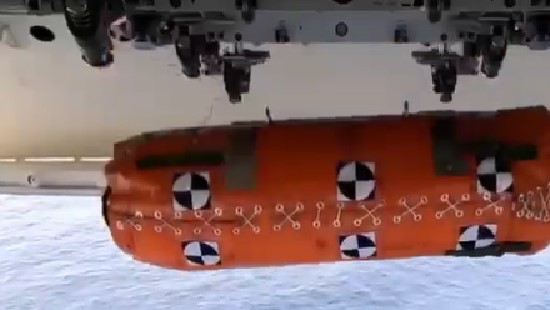
In a resounding testament to India’s indomitable spirit of self-reliance, the Indian Navy achieved a significant milestone on the 77th Independence Day. A momentous event unfolded as the maiden test drop of an indigenous Search and Rescue Kit (SARK), developed by the Aerial Delivery Research and Development Establishment (ADRDE) in Agra, was successfully executed. The test drop, conducted on August 15, showcased the formidable capabilities of the SARK, bringing India closer to realizing its vision of #AatmaNirbharBharat.
The test drop was orchestrated with precision by the P-8I aircraft from the Indian Naval Air Squadron 316, stationed at INS Hansa. The momentous occasion marked a monumental leap in the nation’s indigenous defense capabilities, setting the stage for India to emerge as a frontrunner in providing critical search and rescue operations in the Indian Ocean Region (IOR).
Continue readingSOURCE: IDRW.ORG TEAM

The Indian Air Force (IAF) is facing a crucial decision as it prepares to bid farewell to its trusty Kiran trainers by 2025. The IAF had long awaited the Sitara intermediate jet trainer (IJT), a program initiated by the state-owned aerospace manufacturer Hindustan Aeronautics Limited (HAL) as a replacement for the Kiran fleet. However, the fate of the Sitara program hangs in the balance as the IAF weighs its options with the impending retirement of the Kiran trainers.
The Kiran trainers have played a pivotal role in the IAF’s training curriculum, equipping pilots with the necessary skills and expertise to graduate to advanced fighter aircraft. As these venerable trainers near the end of their service life, the IAF’s attention has turned to the Sitara IJT, envisioned to take over stage-II training of fighter pilots.
Continue reading